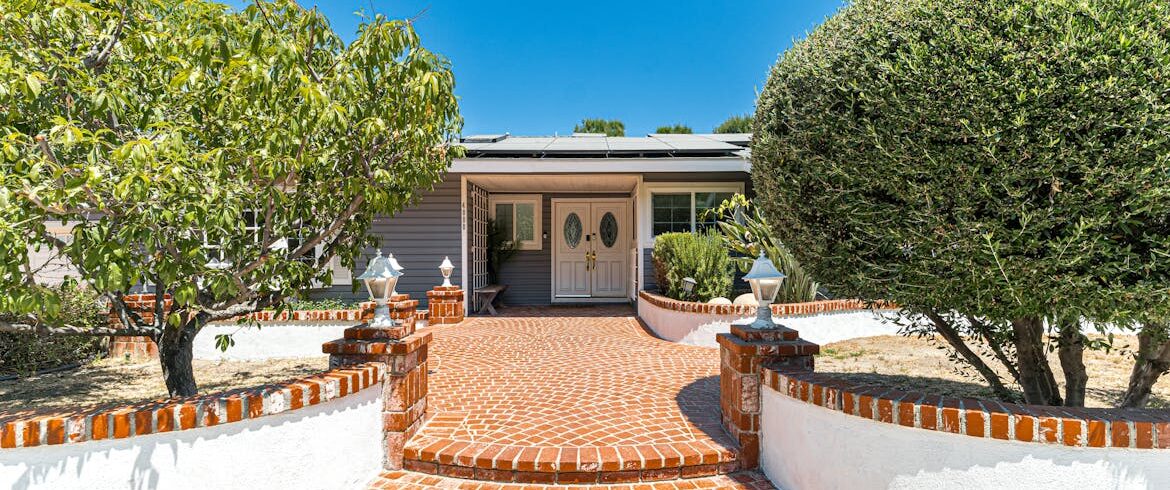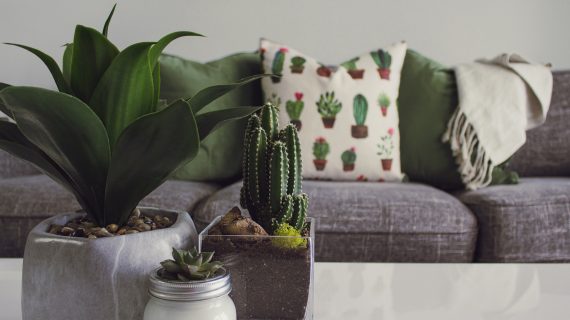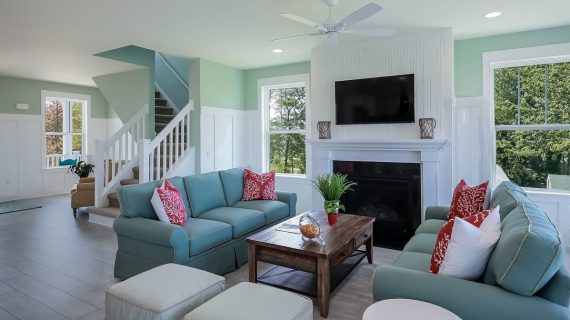In 2017, a survey of over 2,800 apartment residents in the U.S. found that 84% consider living in a green or sustainable home necessary. Plus, 85% believe that such homes are better for their health. Do you see what you’re getting by creating an eco-friendly home?
However, as a homeowner, you may think that making your home eco-friendly will drain your bank account. This is not always the case. This guide will show cost-effective ways to make your home more efficient and environmentally friendly without emptying your wallet.
1. Reducing Utility Bills While Working Towards a Net-Zero Home
A net-zero home produces as much energy as it uses. While this might seem like a distant goal, you can work towards it step by step. How do you start?
Do Energy Audits
Your home needs an energy audit to determine where it wastes energy and suggest ways to improve. You can hire a professional or do a simple one yourself. Work around your house as you look for possible drafts, check your insulation, and check which appliances use the most power.
A detailed audit will reveal if you need to improve your insulation or upgrade appliances, which can lead to significant savings. This is part of the broader approach of tips to transform your home and help reduce your bills.
Consider Insulating and Sealing Your Home
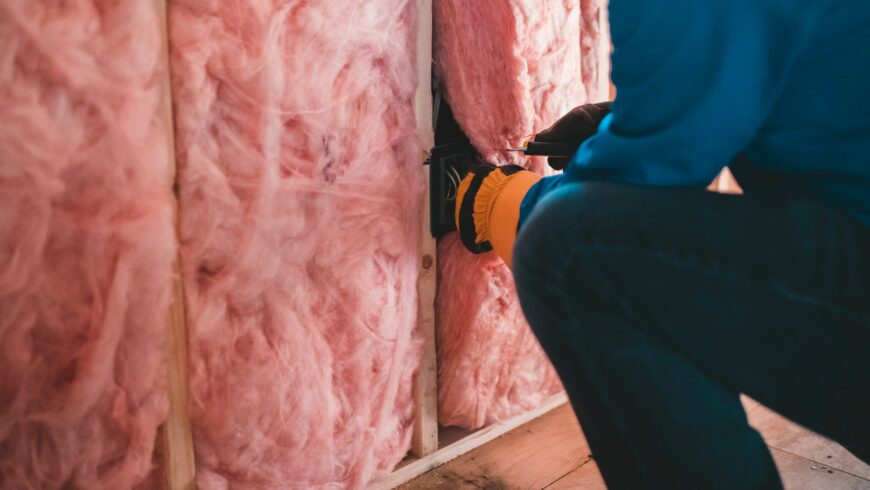
Good insulation is among the top principles of building a more sustainable home. Insulating your walls, attic, and floors helps keep you warm in the winter and keep out excessive heat in the summer. This means your heating and cooling system won’t work as hard.
Don’t forget about sealing. Look for gaps around windows and doors where air can sneak in or out. Seal gaps with caulk or weatherstripping, which are cheap and can save a lot on bills.
Switch to Efficient Appliances
When it’s time to replace old appliances, look for the ones with the ENERGY STAR label. These use less energy, which means lower bills for you. Start with the big appliances that use the most power, like refrigerators, washing machines, and air conditioners.
For example, the 2023 ENERGY STAR requirements for window air conditioners ensure these units are more efficient and use less energy while providing effective cooling. Don’t forget about lighting, too. LED bulbs use way less energy than old-style bulbs and last much longer.
Adapt Renewable Energy Options
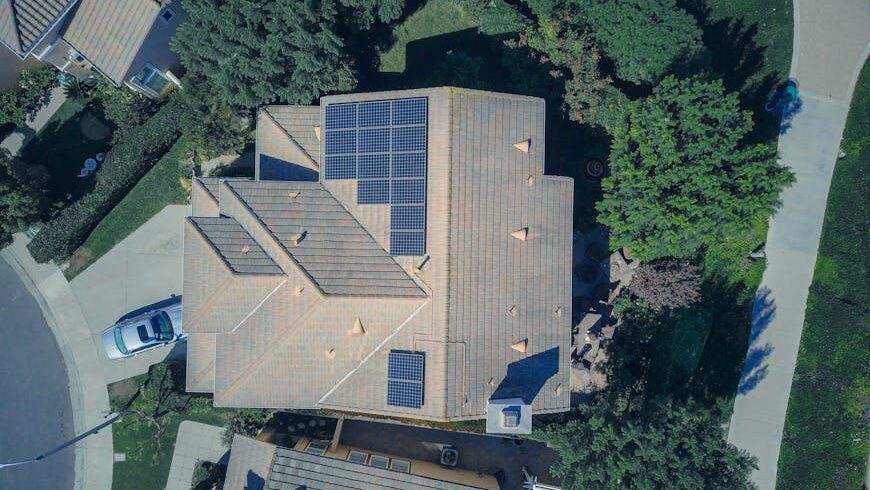
Another change toward a more sustainable home is using renewable energy options like solar panels. It’s a popular way to create your own energy and can save you money in the long run. While they can be expensive to install, you can get an installer who can offer incentives to help with the cost.
You can also sell extra energy back to the power company to make money. If solar panels are not to your liking, look into renewable energy choices like wind or geothermal power.
2. Water Conservation
When creating a more sustainable home, every drop counts when conserving water.
Install Low-Flow Fixtures
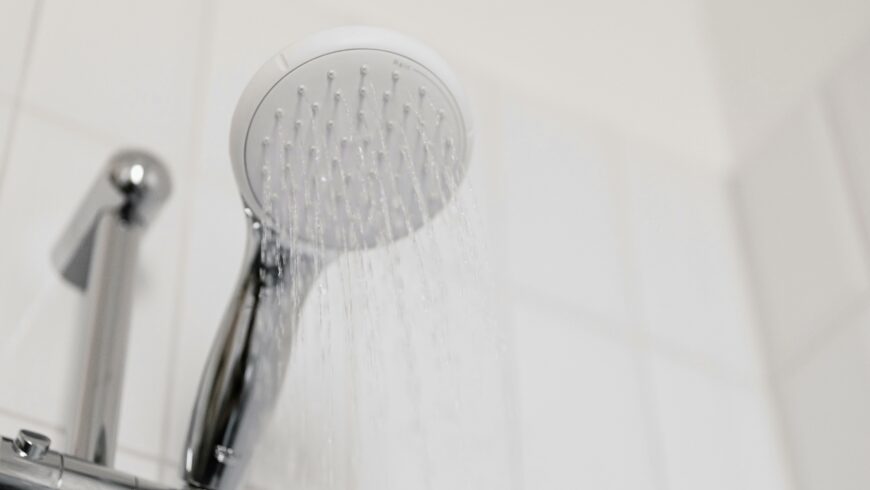
To conserve water in your home, switch to low-flow showerheads, faucets, and toilets. These fixtures use less water but still get the job done. For example, a low-flow showerhead can use half the water of an old one, but you’ll still get clean. Dual-flush toilets are great, too—they let you choose how much water to use each time.
Check for Leaks
Even small leaks can waste a lot of water over time. Regularly check your faucets, toilets, and pipes for leaks. To check leaks in your toilet tank, put food coloring in it; if it shows up in the bowl without flushing, you’ve got a leak. Fixing leaks is often easy and can save you money on water bills.
Water-Efficient Landscaping
You can also do water conversation in your yard. Choose plants that don’t need much water, like native species or drought-resistant plants. These plants look great and can handle dry spells without extra watering.
If you need to do watering, use smart systems that only turn on when needed or water early in the morning to reduce evaporation.
Harvest Rainwater
Why let good rainwater go to waste? Do some justice and set up rain barrels for roof water collection. You can use this water for your garden, kitchen, and other cleaning chores. This is the easiest way of getting water while reducing your utility bill. Some places like Texas even offer rebates for installing rainwater collection systems.
3. Smart Home Automation for Energy Efficiency
Here are smart home automations for creating a sustainable home.
Smart Thermostats
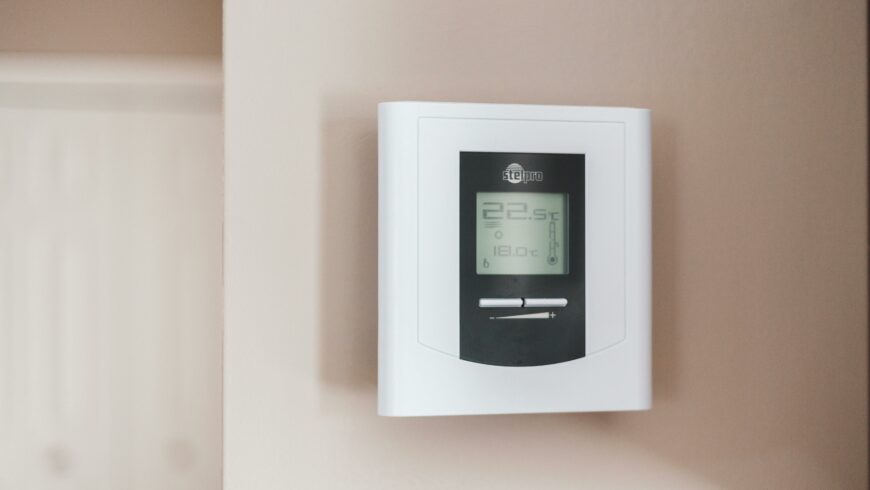
Smart thermostats learn your schedule and adjust the temperature automatically. They can turn down the heat or AC when you’re away or sleeping and make it comfortable when you’re active. Some can even track local weather to make better decisions. This smart control can lead to big energy savings.
Lighting Control
Did you forget to turn off the lights? Smart lighting systems let you control your lights from your phone. You can set schedules, dim lights, or turn them off remotely. Some systems can even detect when a room is empty and turn off the lights automatically. It’s an easy way to save energy without having to remember to flip switches all the time.
Energy Monitoring Systems
These energy monitoring gadgets show you exactly how much energy different parts of your home use. You can see which appliances use the most power and when. This information helps you make smart choices about when and how to use energy.
You can integrate all your smart devices to work together. For example, your thermostat can control your blinds to help control temperature, and your lights can work with your security system.
4. Reducing Load While Keeping Your Home Comfortable
How can you keep your home comfortable without overloading your heating and cooling systems?
Geo-Heating and Cooling
Geothermal systems use the constant temperature underground to heat and cool your home. They’re expensive to install but can save a lot of money over time.
Landscaping for Efficiency

Smart landscaping can help you naturally control your home’s temperature. You can plant trees on the sunny side of your house for shade in summer and use bushes and fences as windbreaks to block cold winter winds. This natural approach can reduce the work your heating and cooling systems have to do.
Grid-Tied Solar
Grid-tied solar systems let you use solar power but stay connected to the regular power grid. When your panels have surplus power, especially during sunny days, you can sell it back to the power company to get credits. When you need more power than your panels make, you can tap directly from the main grid. The surplus power is applied to your bill as credits to cover the energy used from the main grid. This process of billing is known as net metering.
Conclusion
Making your home more sustainable doesn’t have to cost a fortune. See it like a journey; start small with easy changes like sealing drafts or switching to LED bulbs. As you save money, you can invest in bigger projects like better insulation or smart home systems. Always pick the ideas that work best for your home, your budget, and your planet.
